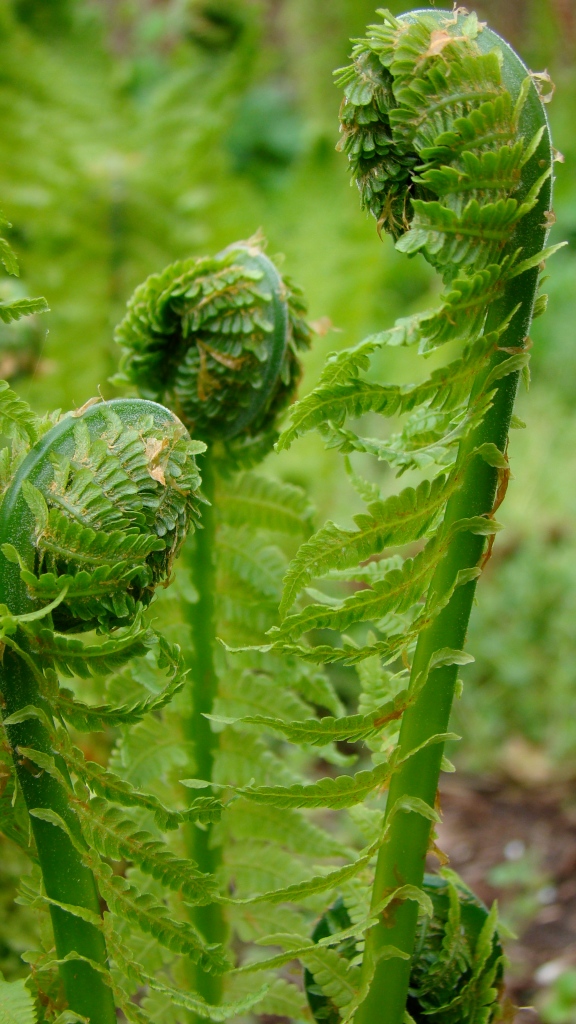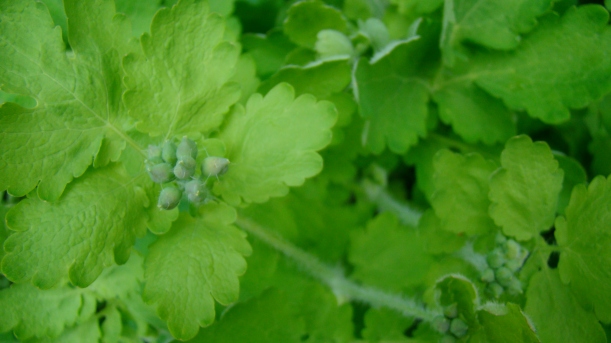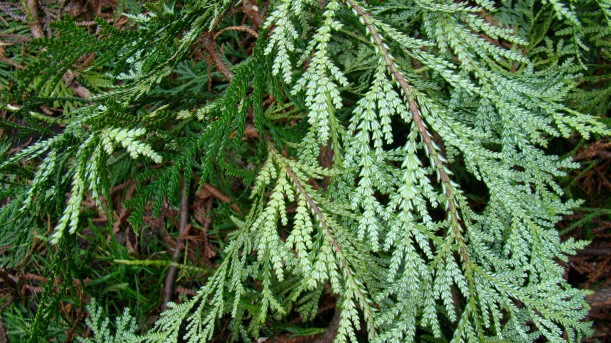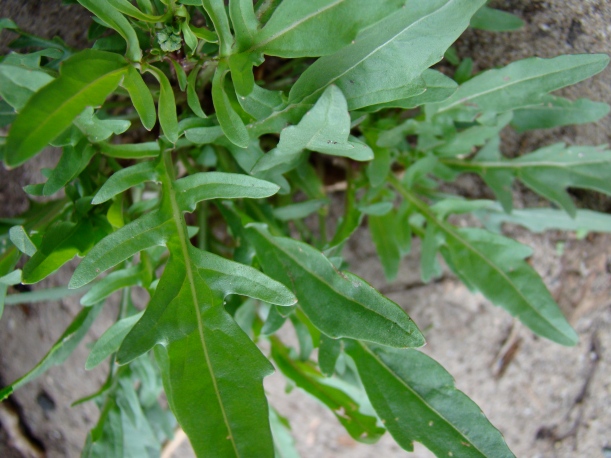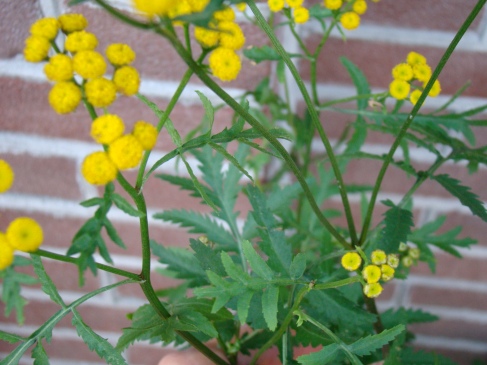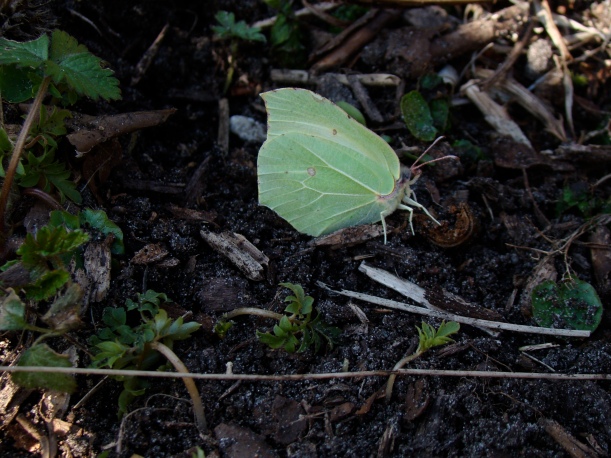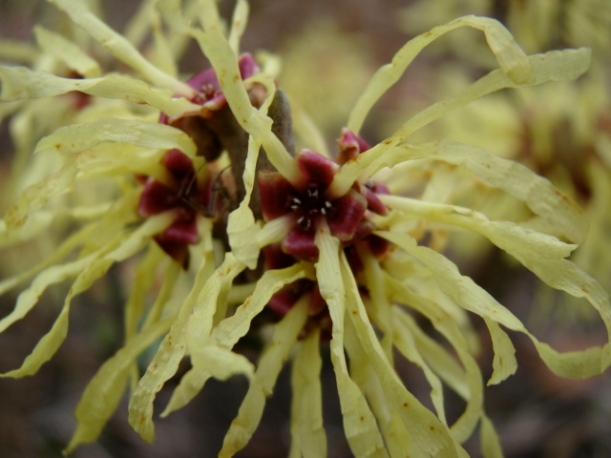Cedar trees, like this one, have been considered sacred in all parts of the world where they grow. The aromatic wood repels insects, as does the smoke from the green or dried branches. Traditionally, First Nations Peoples used smudge sticks (cedar leaves wrapped in grass or thread, and then burned to create smoke) to dispel evil spirits, bad thoughts, and to make a bridge of sacred smoke connecting the earth-world with the sky-world.
I love the smell of cedar – it reminds me of summers in the Canadian wild. I often break off leaves as a nibble as I walk along – the antibacterial properties of cedar are readily apparent in the taste left on the tongue. Cedar is also astringent, diuretic, anti-spasmodic, and sedative. I add leaves to my rice or quinoa, and make tea and herbal tinctures from them as well.
Actually, many of the trees we call cedars are actually not cedars at all, rather, they are types of conifer (cone-bearing) trees that have fragrant wood, much like the sweet-smelling wood of the true cedars. The Eastern Red Cedar is really a kind of juniper, as the botanical name tells us.
True cedars, or Cedrus, are part of the pine (Pinaceae) family and native to North Africa and Asia – there are only four varieties in the world; Cedrus libani, the cedar of Lebanon, which is native to Syria and south-east Turkey; the Deodar cedar of the Himalayas; C. libani var. brevifolia which originates in Cyprus; and the Cedrus atlantica, the Atlantic or Atlas cedar, which comes from the Atlas Mountains of Morocco.
When you look at this winking cedar, don’t you think she/he has some wisdom to share?



